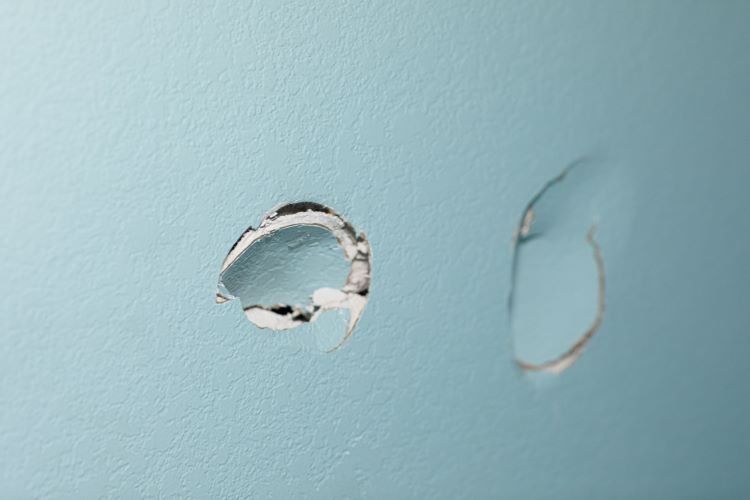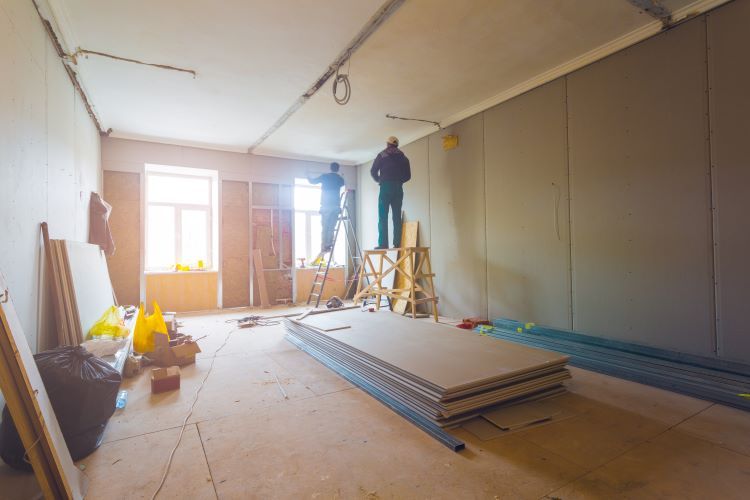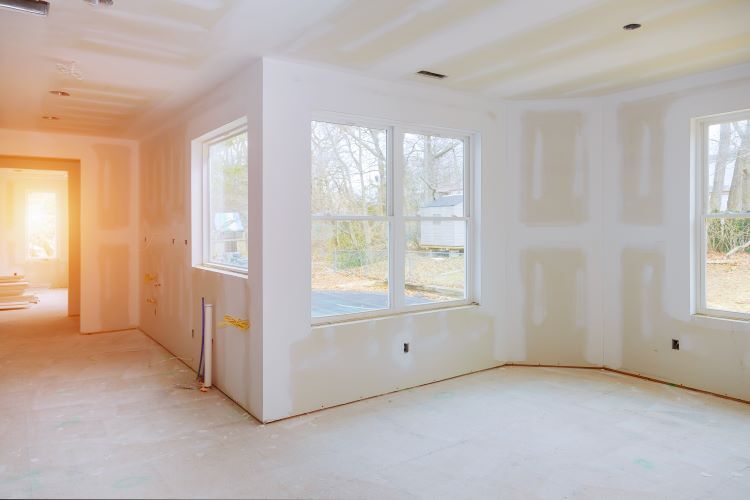Mastering the Art of Drywall Patching

Drywall damage is a common issue in many homes. Whether it's from an accidental bump, moving furniture, or general wear and tear, holes in drywall can be unsightly and diminish the aesthetic appeal of your interior. At Saskatoon Drywallers, we understand the importance of maintaining your home's appearance and structural integrity. In this article, we'll walk you through the process of patching a hole in drywall, ensuring a seamless and professional finish.
Understanding Drywall Damage
Before beginning the patching process, it's crucial to assess the type and extent of the damage. Holes in drywall can vary from small nail holes to larger punctures caused by accidents. Properly identifying the damage will help you choose the right materials and techniques for repair.
Essential Tools and Materials
To achieve a professional finish, you'll need the following tools and materials:
- Utility knife
- Drywall saw
- Drywall patch (for larger holes)
- Joint compound
- Drywall tape (mesh or paper)
- Putty knife
- Sanding sponge or sandpaper
- Drywall screws
- Drill
- Primer and paint
Step-by-Step Guide to Patching a Hole in Drywall
1. Preparing the Area
Start by cleaning the area around the hole. Remove any loose debris, dust, or peeling paint. If the hole has rough or jagged edges, use a utility knife or drywall saw to create a clean, square or rectangular opening. This will make it easier to fit the patch and ensure a smooth finish.
2. Applying the Patch
Small Holes (Up to 1/2 inch)
For small holes, you can use joint compound and drywall tape to fill and reinforce the area.
- Fill the Hole: Using a putty knife, apply a small amount of joint compound directly into the hole.
- Cover with Tape: Place a piece of drywall tape over the hole, ensuring it extends slightly beyond the damaged area.
- Apply Joint Compound: Spread a thin layer of joint compound over the tape, feathering the edges to blend with the surrounding wall. Allow it to dry completely.
- Sand Smooth: Once dry, sand the area until smooth. Repeat the process with additional layers if necessary, sanding between each layer.
Medium Holes (1/2 inch to 2 inches)
For medium-sized holes, a self-adhesive mesh patch or a pre-cut piece of drywall can be used.
- Attach the Patch: Place the self-adhesive mesh patch over the hole. If using a drywall piece, cut it to fit the hole and secure it with drywall screws, ensuring the screws are slightly recessed.
- Apply Joint Compound: Spread joint compound over the patch, feathering the edges. Allow it to dry, then sand smooth.
- Repeat if Necessary: Apply additional layers of joint compound, sanding between each layer until the patch is seamless with the wall.
Large Holes (Over 2 inches)
For larger holes, you'll need a drywall patch and additional support.
- Cut and Fit the Patch: Cut a piece of drywall to fit the hole. If the hole is large, you may need to add a support piece of wood behind the drywall to secure the patch.
- Secure the Patch: Place the patch in the hole and secure it with drywall screws. If using a support piece, attach the patch to the wood for added stability.
- Tape and Compound: Cover the edges of the patch with drywall tape. Apply joint compound over the tape and patch, feathering the edges. Allow it to dry, then sand smooth.
- Repeat if Necessary: Apply additional layers of joint compound, sanding between each layer until the patch is seamless with the wall.
3. Finishing Touches
After the final layer of joint compound is dry and sanded smooth, wipe away any dust with a damp cloth. Apply a coat of primer to the patched area to seal it and prepare it for painting. Once the primer is dry, paint the area to match the rest of the wall.
Tips for a Professional Finish
- Feathering: Always feather the edges of the joint compound to blend seamlessly with the surrounding wall.
- Sanding: Use a sanding sponge or fine-grit sandpaper for smooth, even sanding. Avoid over-sanding, which can damage the surrounding drywall.
- Multiple Layers: Apply multiple thin layers of joint compound rather than one thick layer. This ensures a smoother finish and reduces the risk of cracking.
- Proper Drying Time: Allow each layer of joint compound to dry completely before sanding and applying the next layer.
Conclusion
Patching a hole in drywall may seem daunting, but with the right tools and techniques, you can achieve a seamless repair that restores the beauty and integrity of your walls. At Saskatoon Drywallers, we're here to help with all your drywall repair needs. Whether you're tackling a small patch job or a larger repair, our experienced team is ready to assist you, ensuring your home looks its best.
Contact us today for more information or to schedule a consultation.
You might also like


